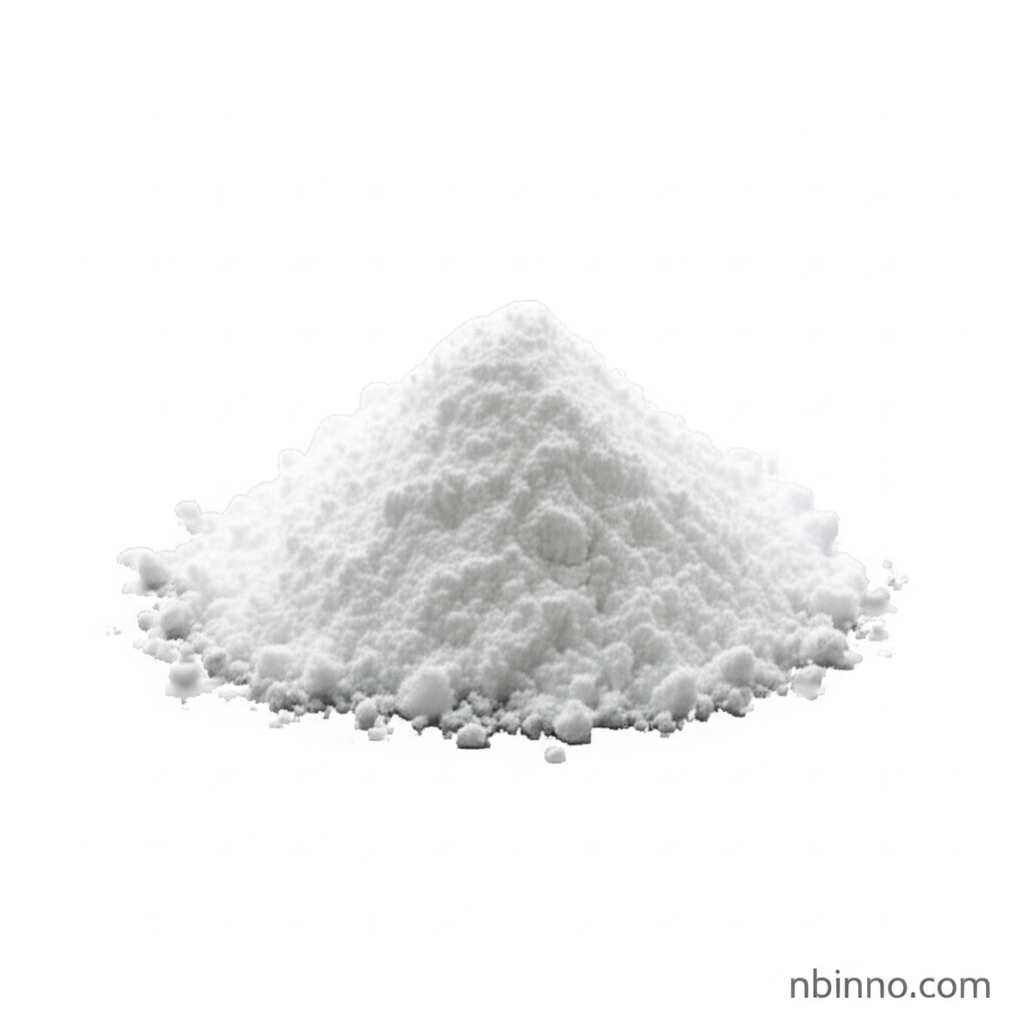Glycopyrrolate CAS 596-51-0: Properties and Pharmaceutical Applications
Discover the detailed profile of Glycopyrrolate, a key anticholinergic compound with diverse medical uses.
Get a Quote & SampleProduct Core Value

Glycopyrrolate
Glycopyrrolate, identified by CAS number 596-51-0, is a synthetic quaternary ammonium compound acting as a muscarinic anticholinergic agent. It is primarily utilized for its ability to competitively block muscarinic receptors, thereby inhibiting cholinergic transmission. This makes it effective in treating conditions like peptic ulcers and severe drooling in children, without significant central nervous system effects due to its limited blood-brain barrier penetration.
- Understanding glycopyrrolate oral dosage for adults provides critical information for effective treatment regimens.
- The specific application of glycopyrrolate for severe drooling in children highlights its therapeutic versatility.
- Exploring the glycopyrrolate mechanism of action reveals its role as a muscarinic antagonist in medical treatments.
- Awareness of glycopyrrolate side effects requiring medical attention is crucial for patient safety and management.
Key Advantages of Glycopyrrolate
Peripheral Selectivity
Glycopyrrolate's limited ability to cross the blood-brain barrier offers a significant advantage, minimizing central nervous system side effects, which is vital when considering glycopyrrolate chemical properties and synthesis pathways.
Versatile Applications
From treating peptic ulcers to managing excessive salivation, the diverse glycopyrrolate pharmaceutical applications underscore its importance in various therapeutic areas.
Improved Safety Profile
Careful consideration of glycopyrrolate drug interactions and precautions ensures a better safety profile for patients, especially when used alongside other medications.
Key Applications
Peptic Ulcer Treatment
The use of glycopyrrolate for peptic ulcers dosage information is well-documented, aiding clinicians in managing gastrointestinal distress.
Drooling Management
In pediatric care, glycopyrrolate for severe drooling in children is a critical treatment option, improving quality of life.
Anesthesia Support
Glycopyrrolate serves to reduce secretions during anesthesia, contributing to safer patient outcomes.
Hyperhidrosis Treatment
Its anticholinergic properties also lend themselves to managing conditions like excessive sweating.
